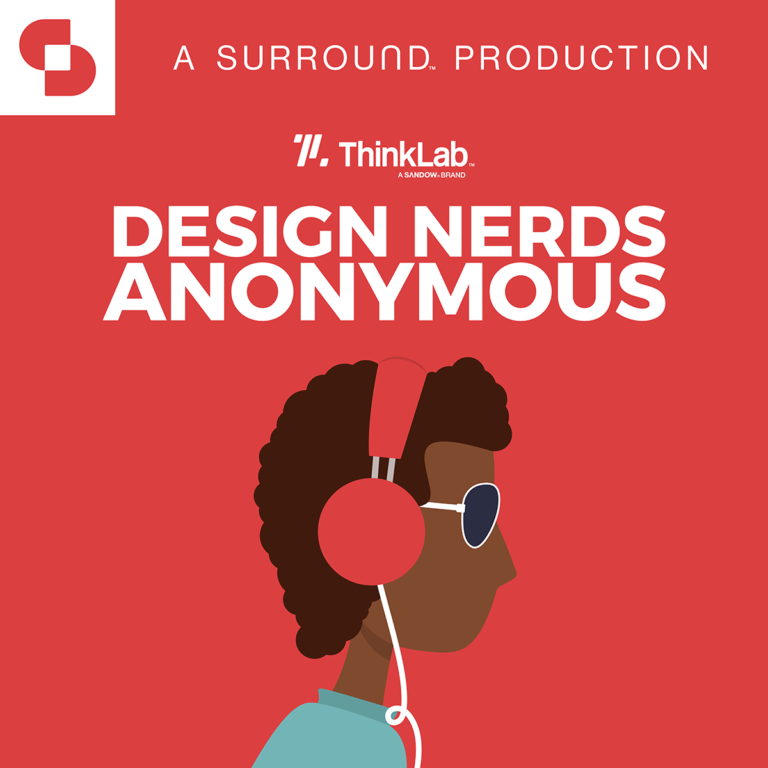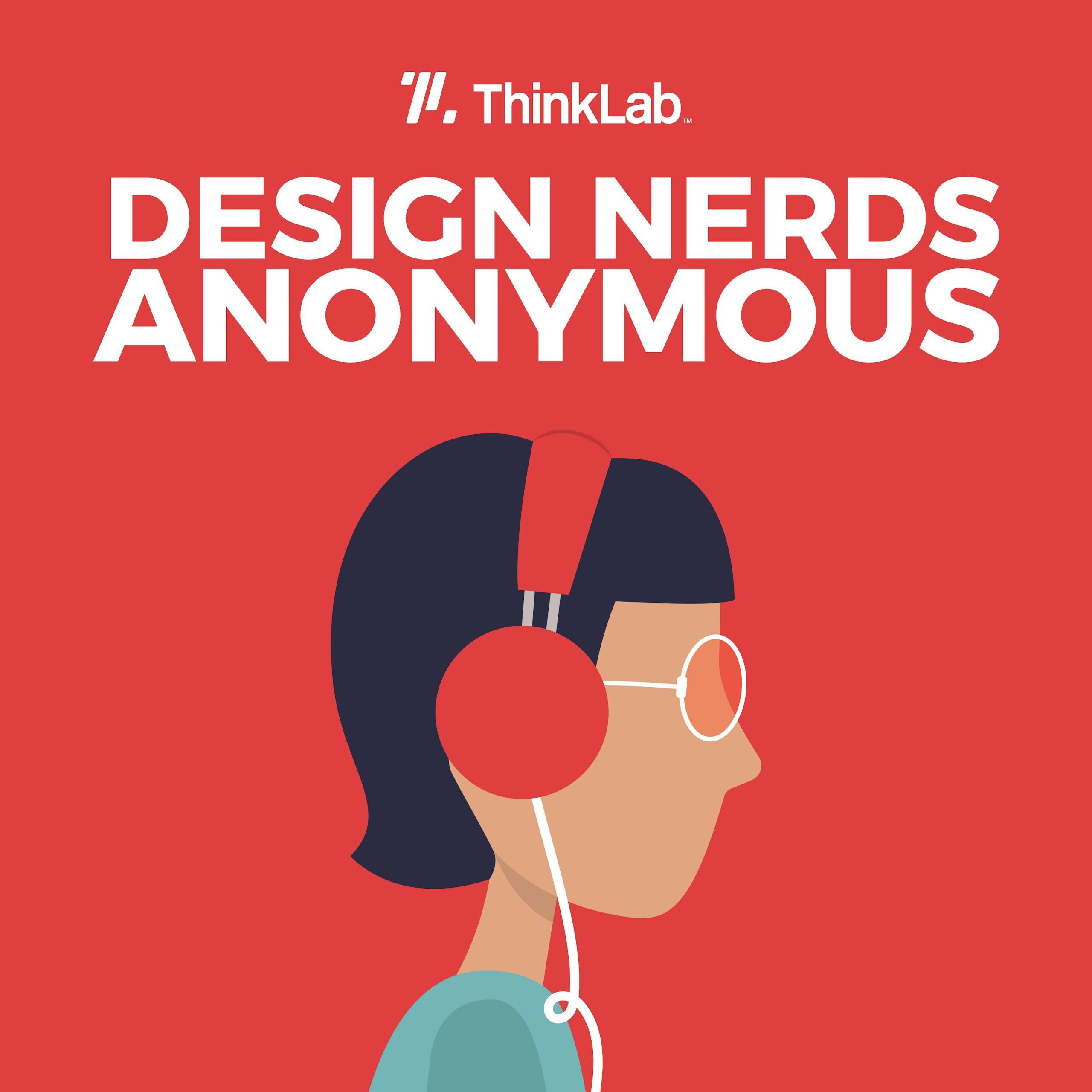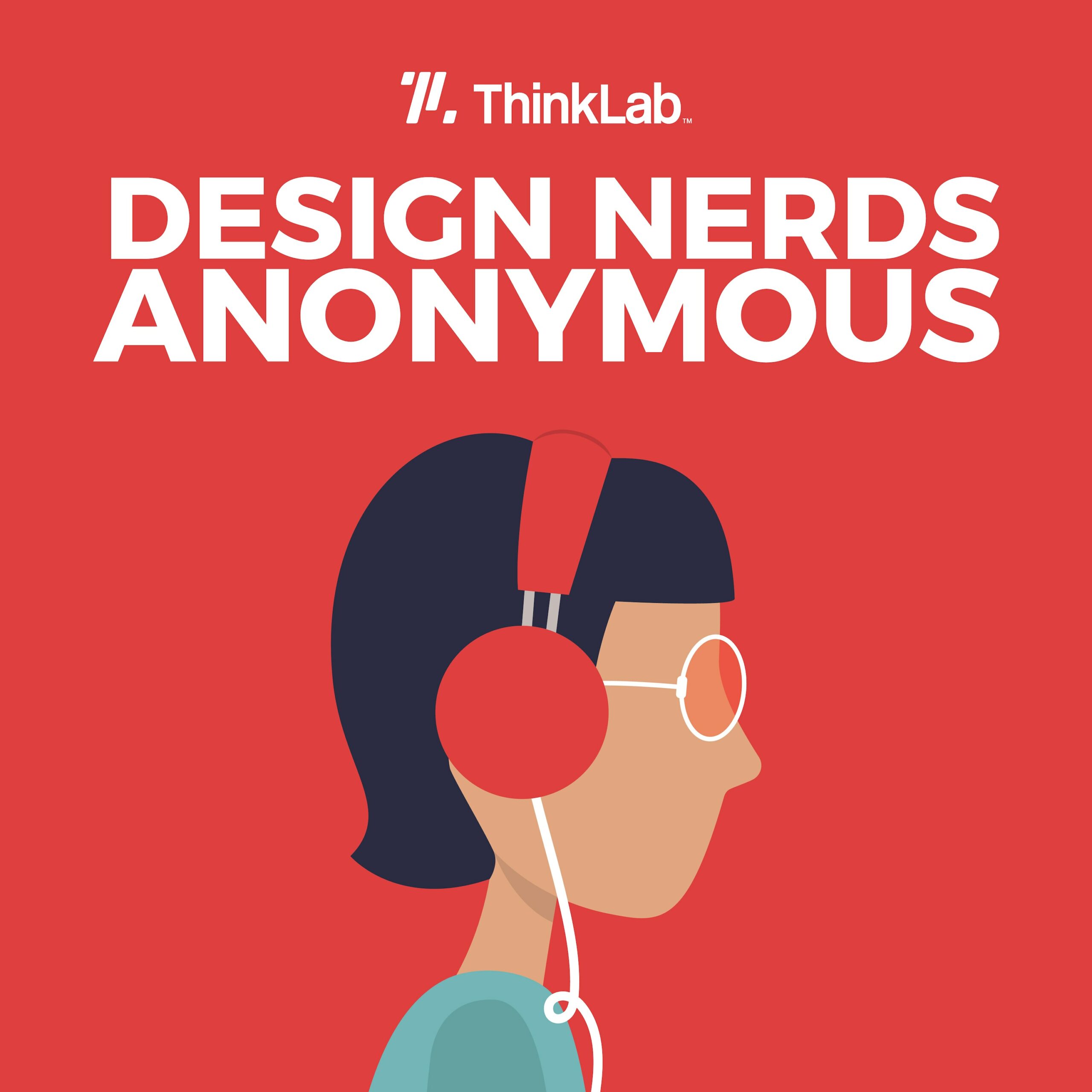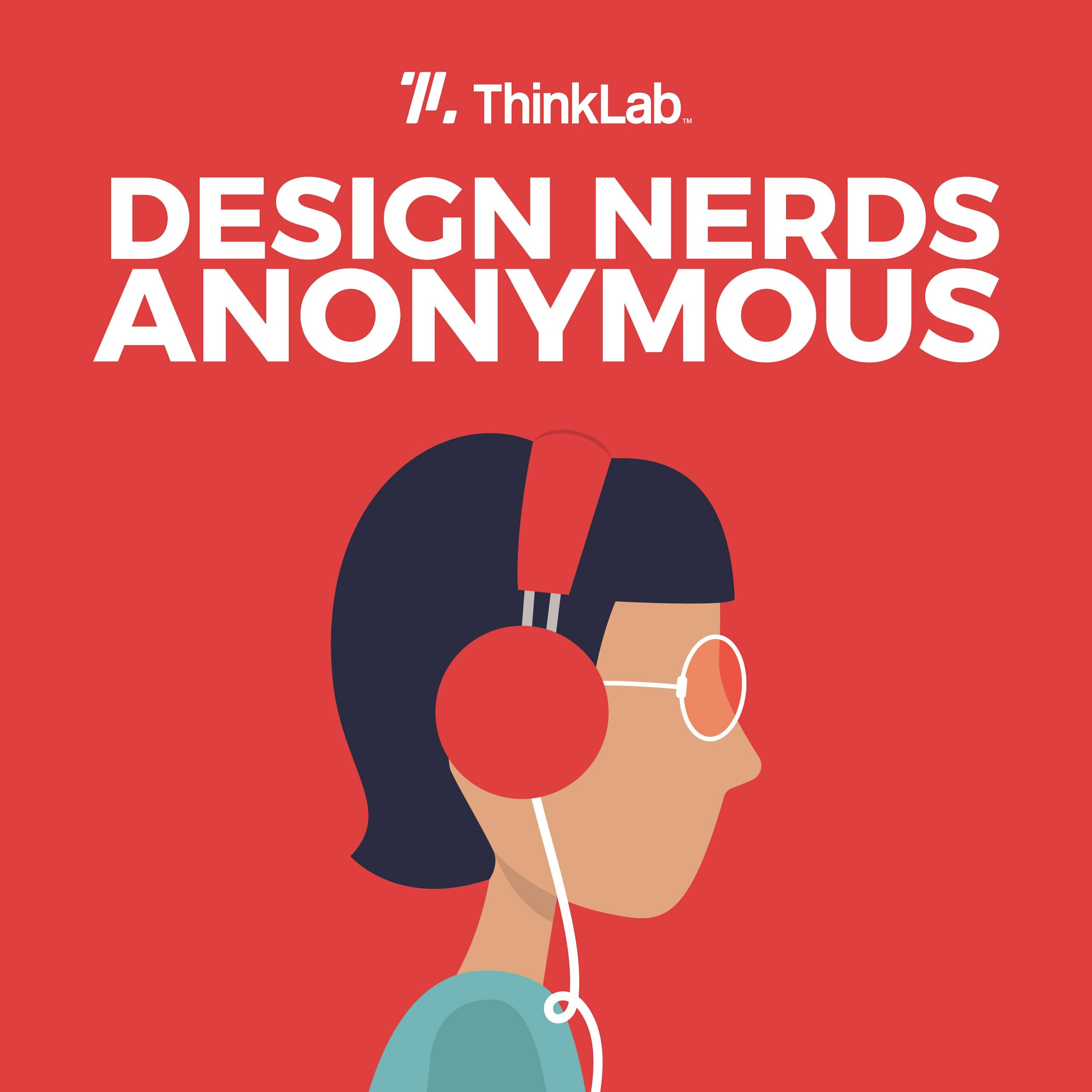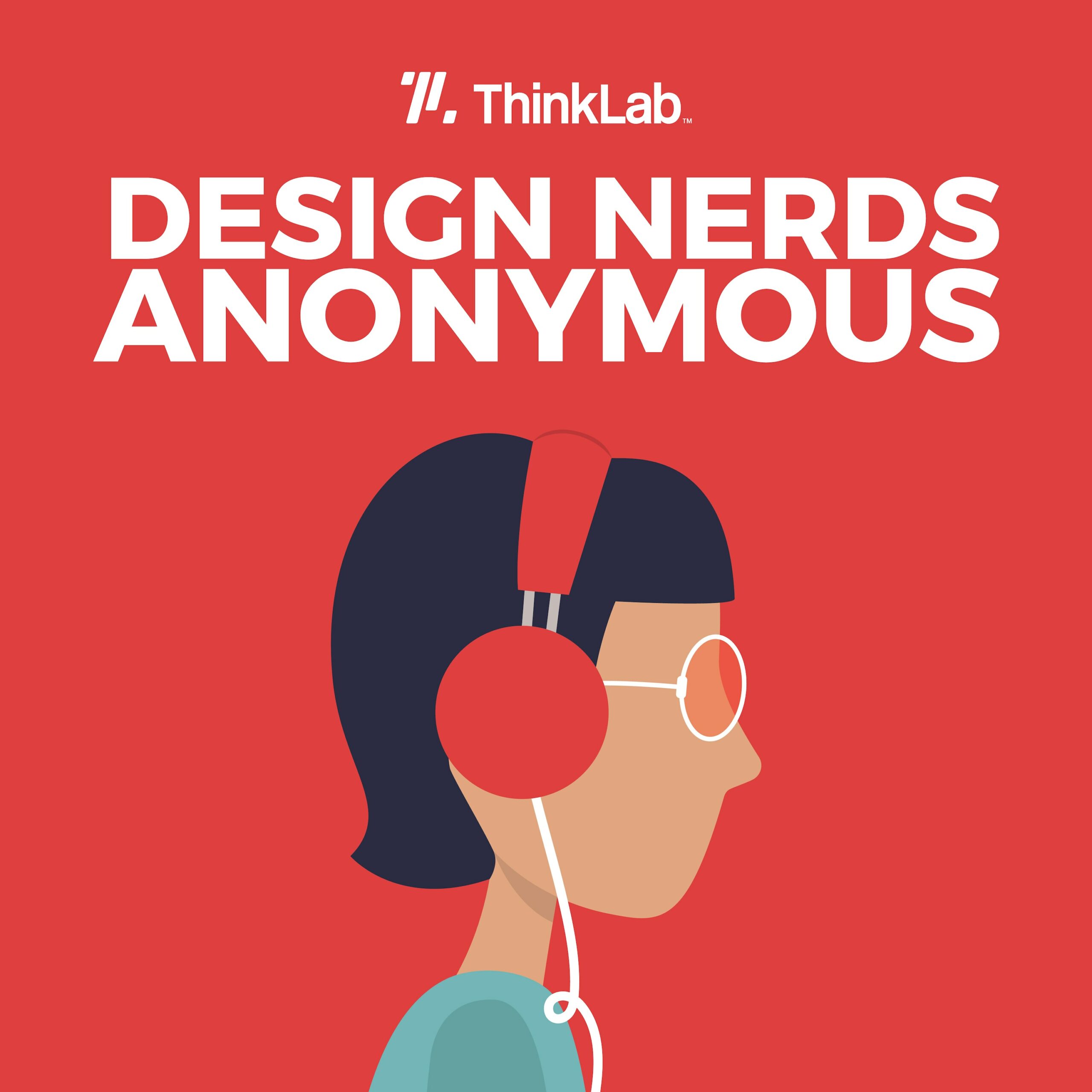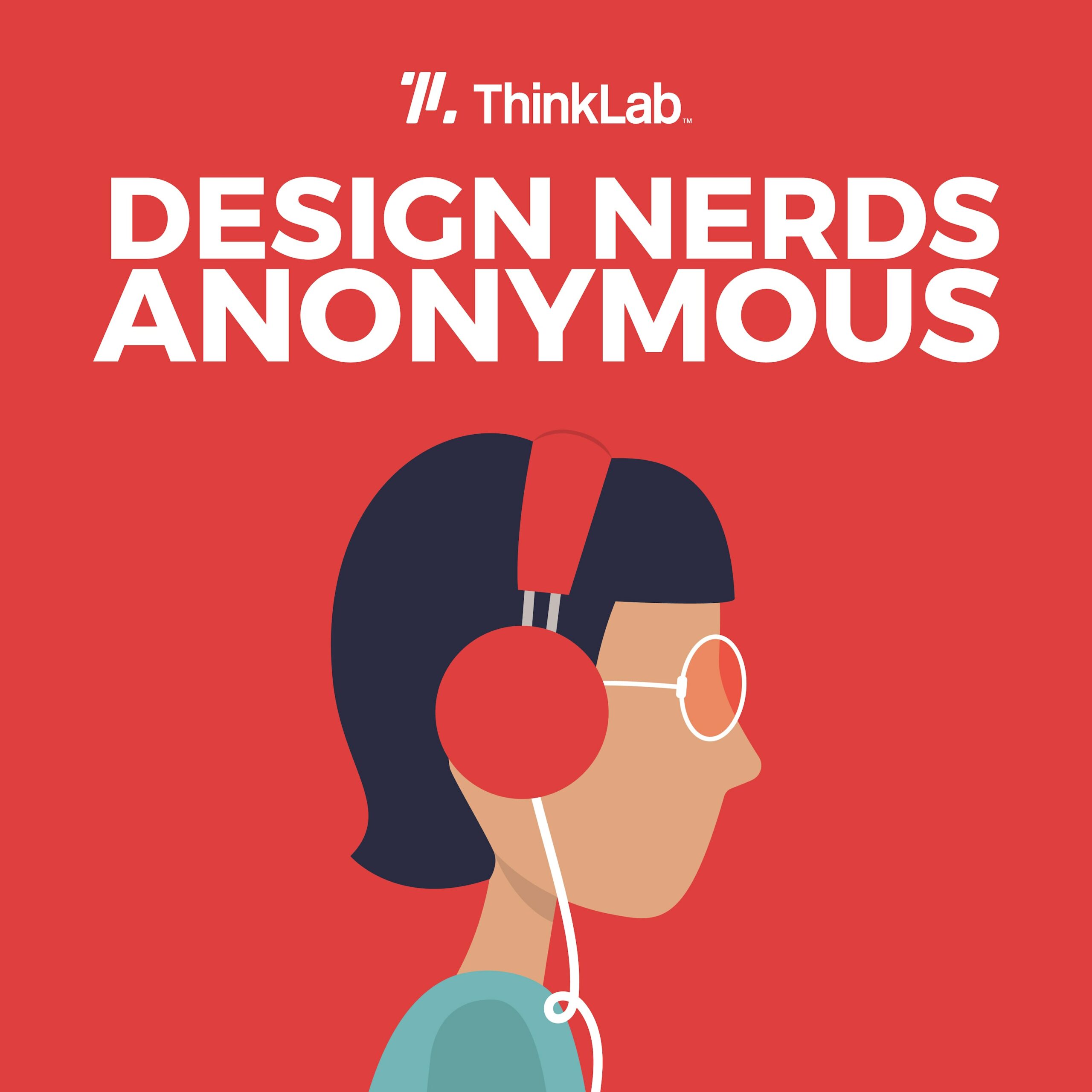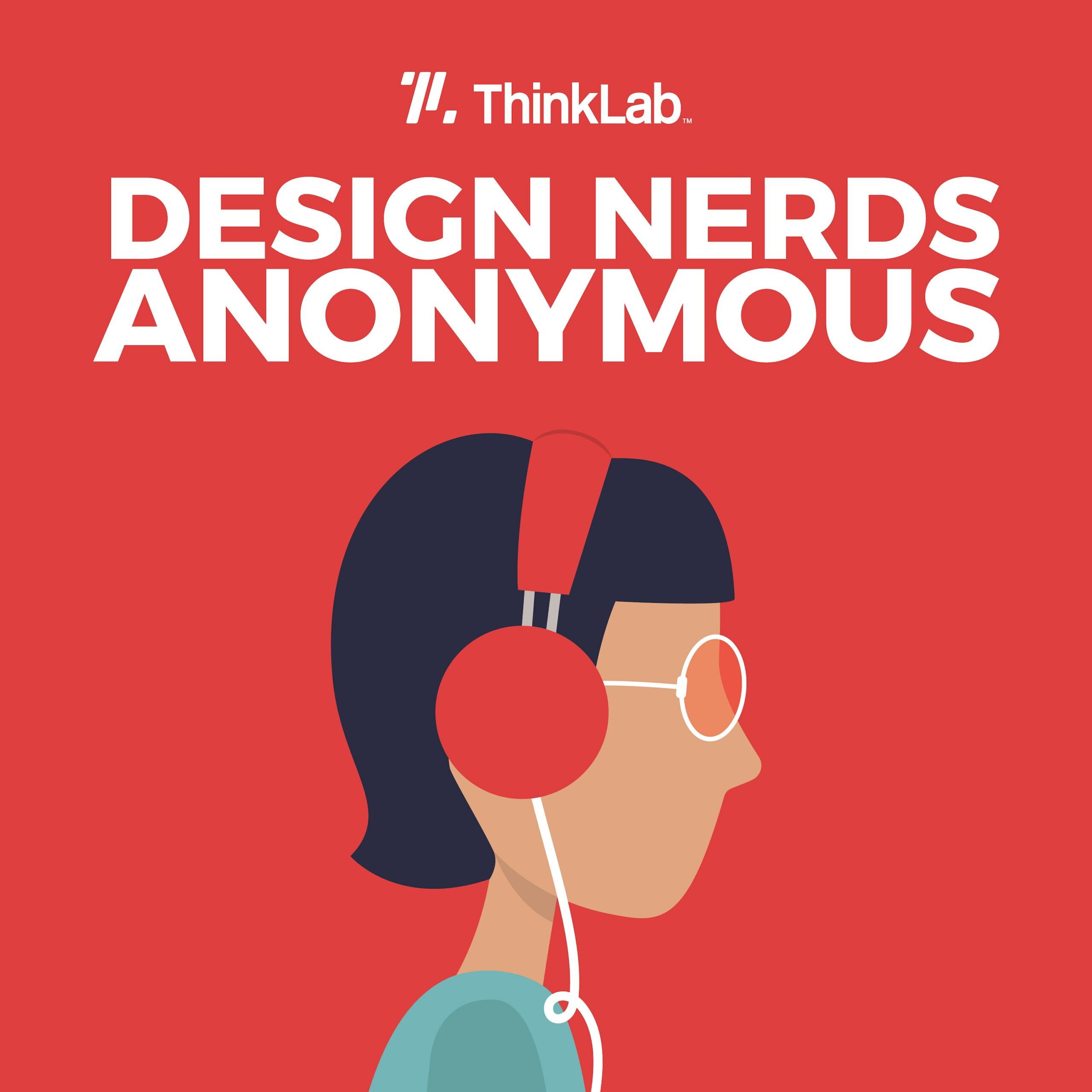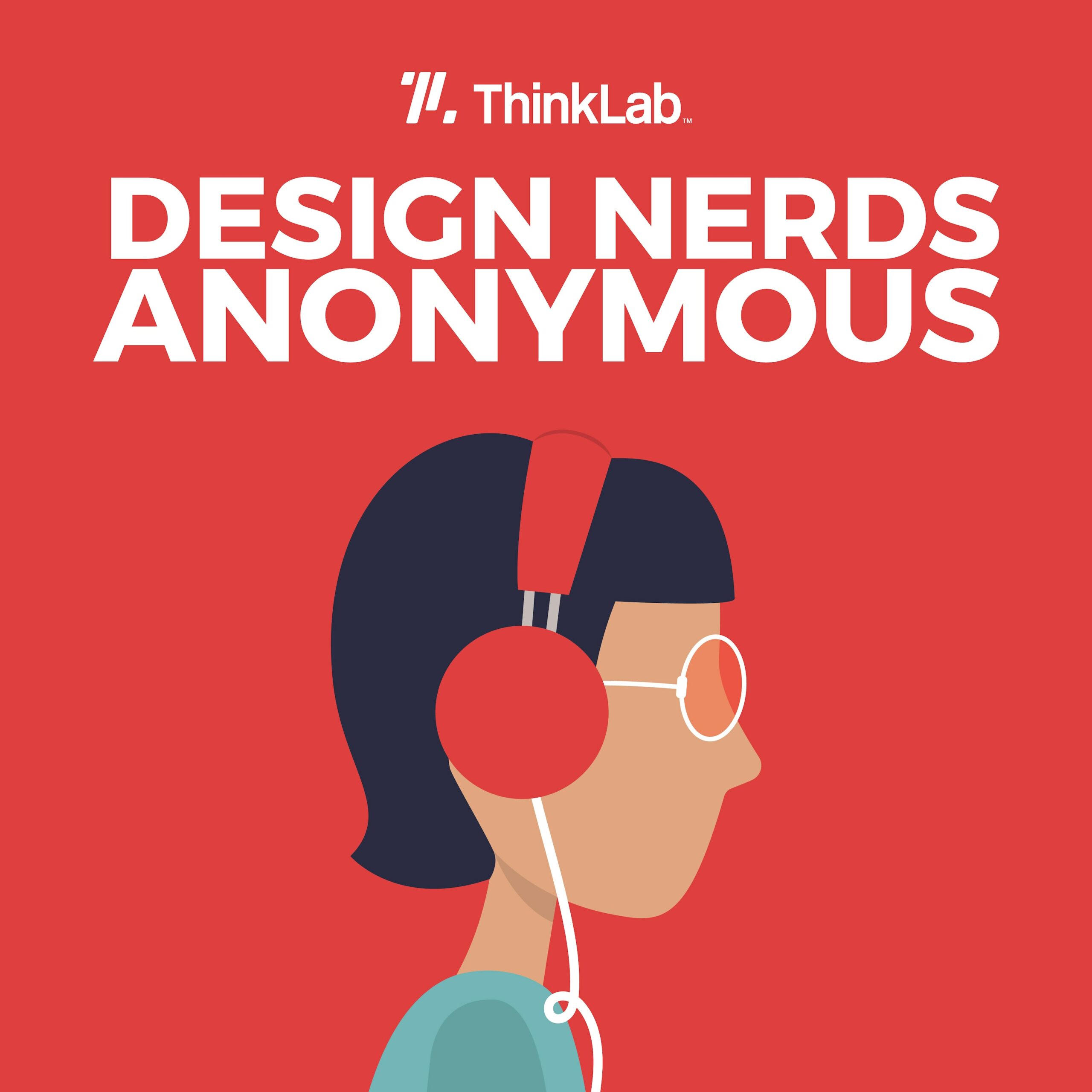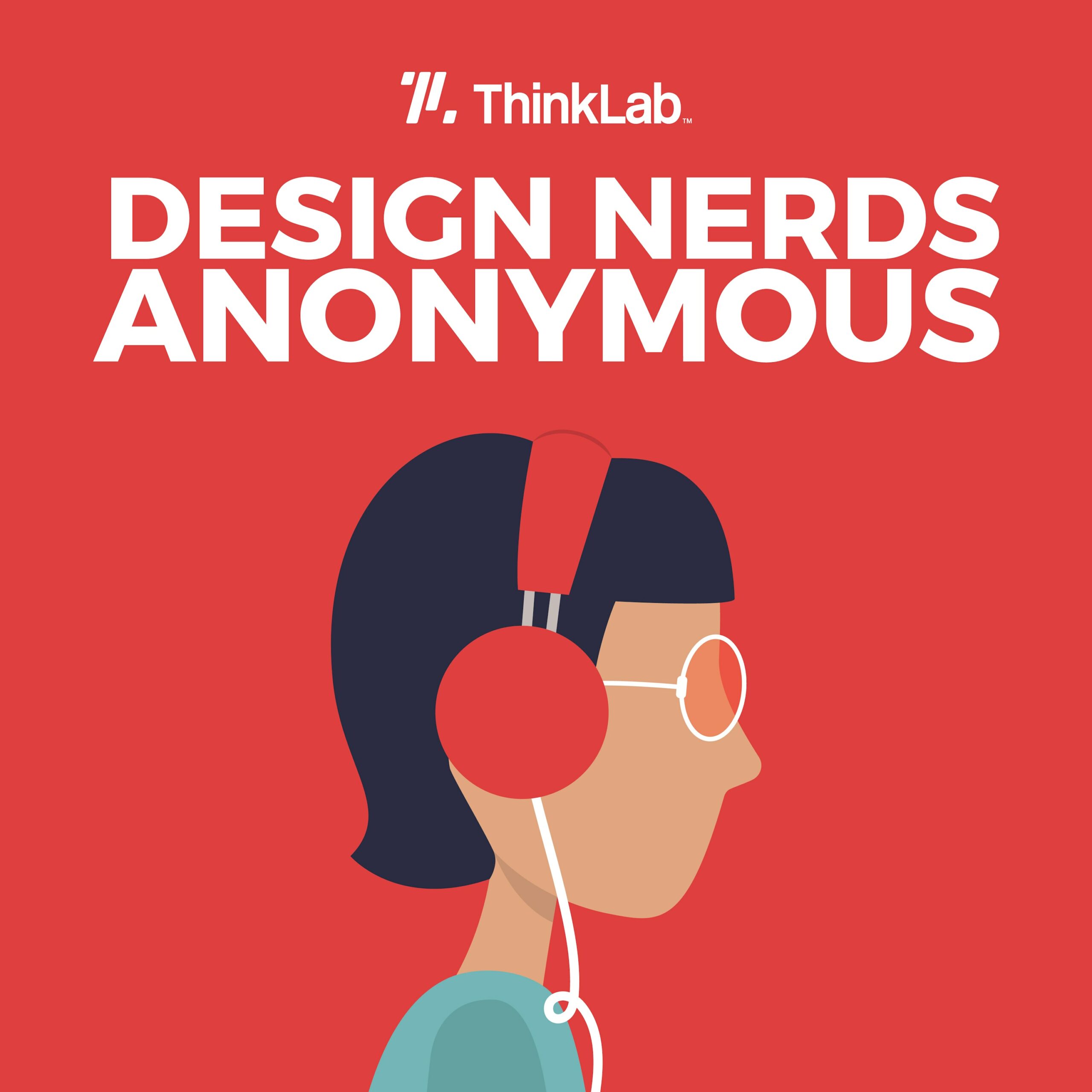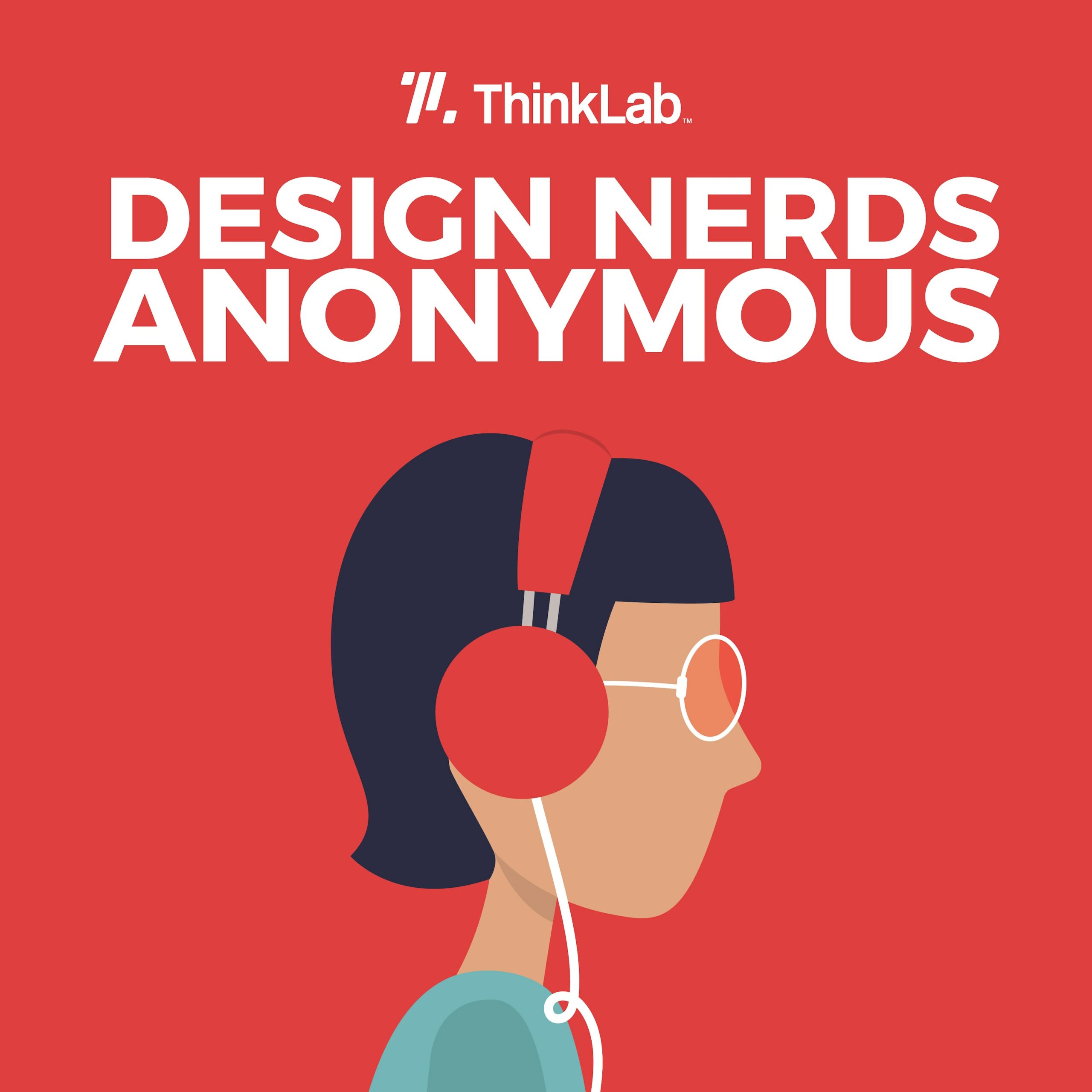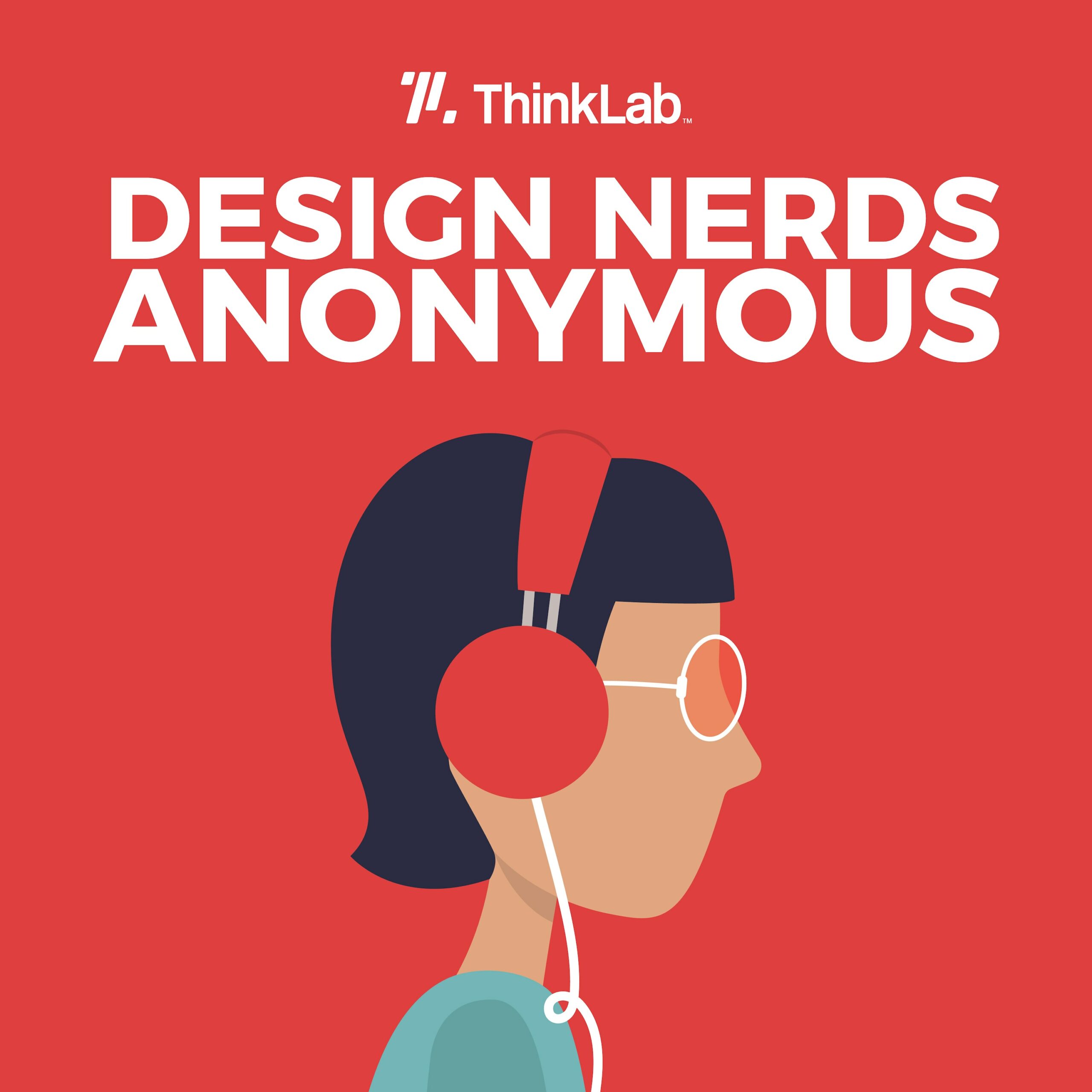In this episode, ThinkLab interviews Colleen Stanley, author and leading sales expert on emotional intelligence, and Meena Krenek, global practice leader of interiors for HKS, about the insights and advantages you can gain from using your EQ and tapping into your clients’ perspective.
Our first guest, Colleen Stanley, author of Emotional Intelligence for Sales Success, discusses why harnessing the power of your emotional quotient (or EQ) is more important now than ever. She also describes how our instinctual “reptilian brains” influence how we sell and our clients buy. And our second guest, Meena Krenek, shares what she’s looking from product reps in terms of supporting her architecture and design teams.
In this episode:
[2:42] Colleen explains the difference between IQ (intelligence quotient) and EQ (emotional quotient).
[10:49] Colleen names three common complaints she hears about incorporating EQ into sales models and shares how to overcome them.
[13:46] “So the decision I made was to change self-limiting belief that I couldn’t be as good virtually as I was in person.”
[19:29] Meena shares four insights to get ahead as a rep today and to truly empower those designers to influence their clients.
Connect with our interviewees on LinkedIn:
This season of Design Nerds Anonymous is brought to you by Mannington Commercial, theMART, and NeoCon, companies doing big things to move the design industry forward.
Download our leading-edge playbook: 5 Personas and 50 Ways to Design Their Phygital Journey.
Design Nerds Anonymous is a proud member of the SURROUND Podcast Network. Discover more shows from SURROUND at surroundpodcasts.com. This episode of Design Nerds Anonymous was produced and edited by SANDOW Design Group, with music from Blue Dot Sessions. Special thanks to the podcast production team: Hannah Viti, Wize Grazette, and Samantha Sager.
Amanda Schneider: The B2B world is getting increasingly digital, but people still buy from people. However, while the average rep in the architecture and design industry once spent 80 percent of their time face-to-face, today that number is less than half.
Our clients are busier than ever, but also, we are busier than ever. We need to help our reps prioritize and, quite frankly, scale their time to do more with less — while simultaneously creating experiences that help clients and influencers sort through complex information more efficiently.
Colleen Stanley: Emotional intelligence has been defined as that ability to recognize and understand your emotions and manage those emotions. It’s also the ability to recognize and perceive emotions of others. Often what’s said is IQ will get you in the door; it is [00:01:00] EQ that keeps you in the door.
Amanda: The voice you just heard was from Colleen Stanley, the leading sales expert on emotional intelligence, author of three books published in eight languages, and keynote speaker. In chapter one, Colleen will take us through why harnessing the power of your emotional quotient (that’s EQ) is more important now than ever; how our instinctual reptilian brains influence how we sell and our clients buy; and three common objections she hears from sellers when incorporating EQ and, of course, what to do about them.
In chapter two, you’ll hear additional insights as Meena Krenek, principal at HKS, who you heard in this season’s first episode, shares four pieces of advice specifically for our product sellers who are calling on architecture and design firms.
Welcome to [00:02:00] season four of Design Nerds Anonymous, the podcast that sparks curiosity at the intersection of business and design. I’m your host, Amanda Schneider, founder and president at ThinkLab, the research division of SANDOW Design Group.
So, let’s dive in. Meet Colleen.
Colleen: I am Colleen Stanley, and I’m the author of Emotional Intelligence for Sales Success.
Amanda: Would you start off by just explaining to our listeners who might not be familiar with terms like IQ, EQ, emotional intelligence, what are those terms? And is there a technical difference in your mind as an expert on those terms?
Colleen: I wanted to make sure I was presenting the right information because I worked more in EQ, so I actually looked up the definition of IQ. And the definition is “intelligence quotient,” all right, and it’s really measuring your ability to learn, apply knowledge, problem solve.
Now, emotional intelligence has been defined as that ability to recognize and [00:03:00] understand your emotions and manage those emotions. It’s also the ability to recognize and perceive emotions of others — and I would say, in some cases, because you’re perceiving, interpreting, to manage their emotional state as well. Often what’s said is IQ will get you in the door; IQ gets you grades, diplomas, which allow you to land a position. It is EQ that keeps you in the door.
Because we’ve all met the individual that is the smartest man or woman in the room, that no one likes. We’ve met the smartest person in the room that is actually presenting a great idea, but because they’re not aware of how they’re landing with other people, this great idea cannot be received by the listener. So, that’s where I would say the EQ and IQ play together.
Amanda: Now everyone likes a good sports analogy. This is an example from her book, and how she relates it from athletic success to sales success really resonated for me.
Colleen: Let’s look at an athlete. The IQ [00:04:00] would be this: You’ve got some talent. They have learned the plays of whatever sport they’re doing. But when you take a look at an athlete’s ability to master the sport, execute under stress — Michael Phelps went to the Olympics and he had a goal, and his goal was to beat the existing record of seven gold medals. I think Mark Spitz held that record.
And so, he’s new on the scene. Here’s young Michael, and he’s getting up to swim his fourth race. And he jumps in the water, and his goggles start to fill up. Now, what would the typical human being have done at that point? We get all sorts of funny answers: start swearing, having a pity party. “I can’t believe this is happening to me. This isn’t fair.”
Now what happens with athletes? They train as much mentally as they do physically. And he immediately changed that self-talk. He said, “I’ve swam this race a thousand times. I will simply count my strokes.” And so he did not miss a beat. Because when you [00:05:00] get to that level of competition, you only win by one-hundredth of a second. So he immediately flipped the thinking. Can’t see the line at the bottom of the pool and still wins that race.
So, the question I always pose: Did he win because of his athletic prowess? He’s got the long arms, perfect swimmer body, long torso, short legs, which actually help you zip through the water, and great Speedo. Or was it his ability to manage his emotions? And emotions are always caused by your self-talk, because there’s no emotion that happens without a thought. And often that’s that internal self-talk we’ve got going on. It’s a combination of both.
When you take a look at athletes and human beings and sellers, athletes, probably — and musicians — are one of your visible representations of people that put in hours of practice to master their craft. Well, when you take a look at salespeople, if they are truly going to be masterful at their craft, they put in hours of practice. It’s [00:06:00] called role play.
But now let me stop here. How many times have I ever heard this statement?: “I don’t like role play. It makes me uncomfortable. It’s not real.” So here we admire these great athletes that have muscle memory because of hours of repetition. And literally, it’s a science. That’s the only way you develop new habits and skills. And then in the sales profession, we’re accepting these excuses. “I don’t like role play. It makes me uncomfortable.” And as one of my colleagues in a not-so-EQ fashion in one workshop once told a participant: “I’m not here to make you comfortable.” And so, I think that’s the irony. We actually know what it takes to be masterful. However, sometimes in sales we’re not implementing those same best practices.
One of the things I think we have to have self-awareness around: In a kind of an instant gratification world, you can get on the internet and immediately find answers to things that you used to have to go to a library, get a disc, I mean, all of the crazy things. We’re kind of in this [mode of] “Push [00:07:00] a button.”
So, one thing to remember is: Mastering a skill is difficult. And as a leader of a company, I would stress: If it’s difficult, that’s good, because if it was easy, anyone could do it. So learning is difficult. You’ve got to create those new neural pathways. You’ve got to put in the repetition. The American Journal of Psychology said it can take anywhere from 18 days to 254 days to learn and master a new skill. So learning is difficult.
Amanda: In her book, Colleen explains how deep-seated instincts from our reptilian brain influence us as sellers. She explains it through what she calls the knowing-doing gap.
Colleen: I really believe that the EQ skills bridge the knowing and doing gap, so what I had to get very good at was bridging that gap.
So, I’ll give a couple of examples for some of the naysayers out there. Salespeople have either read a good negotiation book, or they’ve attended a really good negotiation workshop. And then [00:08:00] [imagine] you get in front of this kind of tough buyer. They’re looking down at their smartphone; they’re not paying attention to you. They finally look up during the meeting, and they say something like “There’s a lot of people looking to earn our business. Is this the best you can do?” And at that point, we can get emotionally triggered. Fear sets in: “I’m going to lose this deal. I’m starting to get nervous.” And we start doing the discount dance, and so we go, “Well, we might be able to do 10 points better.”
So that’s an example of the knowing and doing gap. Your sales manager taught you negotiation skills; you read the book, you attended the workshop. They were all very good. But if we allow ourselves to get emotionally triggered — where the reptilian brain takes over your logical prefrontal cortex thinking — you cannot execute the selling skills you’ve learned, the knowledge you’ve learned.
That’s where EQ comes in. It helps you execute the right selling behaviors day in and day out.
Amanda: But this instinctual [00:09:00] reptilian brain also exists in our clients. So let’s dive deeper as to why EQ matters more than ever today, as we try to create an experience designed to not activate those ancient instincts.
Colleen: The other side of it is really selling to the emotional brain. That would be the reptilian brain, and the reptilian brain primarily buys to avoid pain. People do not buy for the positive; they buy to avoid pain. And in the psychology world, this has been proven and documented. It’s called loss aversion.
So, here’s where salespeople and sales managers often have a difficult time. They don’t know how to flip a benefit to: “And what’s the problem this solves?” So, feature-advantage-benefit selling used to work. However, that is where the commodity play is now. The information’s out there. I can look up a product or even a service: feature, advantage, benefit. So, if you are only [00:10:00] selling in that model, you are now a commodity, and people either don’t need you if you’re a commodity, or they don’t pay much for it.
So now, let’s put this together. Feature-advantage-benefit is about the positive: “Here’s what we can do. Here’s how we’re going to change your life, improve your life.” That’s lovely if you want to be broke. Now, part of this goes back to empathy. I’ve got to slow down and think about the day in the life of my prospect. So, if I’ve got a benefit here, what problem does it solve for them in a day in their life? So, it’s a combination of selling to the emotional brain and having the self-awareness that, yes, you love to be positive and it’s great to sell benefits, except nobody buys them.
It’s Psychology 101, Neuroscience 101.
Amanda: And Colleen leaves us with three common complaints she hears in her work on incorporating EQ into selling models, and challenges us as to how to overcome them.
Number one: “The buyer is more educated.” [00:11:00] Or even miseducated, as the case may be in our industry.
Colleen: I hear this concern or complaint: “The buyer is more educated.” My answer: “So are you.” So, I started in sales before the internet. Yes, I’m a hundred years old. Watch your diet and exercise, OK? And so, when I hear people complaining that the buyer’s more educated, I sometimes laugh out loud. I was calling on people that I could not look up their LinkedIn profile. There wasn’t such a thing as a website. Sometimes your research was how big was the ad in the Yellow Pages.
So, people, let’s get over this little self-limiting belief that the buyer is more educated. So are you.
Amanda: Her challenge to us in response?
Colleen: Now I would say this: Because they are more educated, this is where the level of professionalism in sales needs to go up. As an expert, here’s the question I always challenge my clients to [00:12:00] ask: Are you showing up to a client appointment and a prospect appointment and sharing something they don’t know? Tell me something I don’t know, because if you can ask me a question that shifts my thinking, makes me think, if you can take two ideas and bring them together so that might be a new solution or a new idea, that’s when you’re adding value.
So I don’t worry too much that the buyer’s more educated, because I frankly think they’re getting to a point where they are overwhelmed. They don’t know how to make sense of what is important and what’s not important. And if we put in the pre-call planning — pre-call planning being the key — we can still run very compelling, provocative sales calls.
Amanda: Number two: “I don’t like this world of hybrid selling.”
Colleen: The number one tip I would give for any seller that has been in the face-to-face field — that is my world — is “Make a decision.” The good old days are gone. So you [00:13:00] have a decision to make, and the decision is to get as good selling in a hybrid model, as you were in a face-to-face model. And I can speak from experience here. Because when COVID hit, I was primarily an in-person trainer and speaker. So, I’m like everybody else: I took the toboggan ride down the change curve, right? I land at the bottom. I’m looking at the two big hills on the side, and I’m thinking, “Oh, my gosh.”
And I remember the first virtual instructor–led workshop. And after that half-day workshop, I sat on the deck, and I said, “If this is my life, I do not want it.” And then I realized I had a decision to make. This wasn’t going away, so the decision I made was to change my self-limiting belief that I couldn’t be as good virtually as I was in person. And once I shifted that belief, my self-talk became this: “I am going to make our virtual instructor–led trainings as good as in person.” Once you make a decision, you shift the [00:14:00] self-limiting belief; then you start searching for resources. You start being open to advice.
Amanda: Her challenge to anyone with similar struggles?
Colleen: I think a lot of this is make a decision, get rid of the self-limiting belief “You’re not as good.” What I heard a lot during the pandemic was “I’m just not as good in person. I don’t know how to sell over video.” So I’m going to have everybody do a reality check. Methodology, sales methodology, what you say and do, the steps and stages — they’re exactly the same when you’re selling virtually as in person. I just never bought into virtual selling being that much harder.
What’s interesting, this week, I had an engagement, and it was with a client that we started with over the pandemic. So, flew out to the West Coast, and we met each other in person for the first time. And we both said this, “Have we met in person or not?” We couldn’t remember. That’s how much bonding and rapport we had through video.
So that would be [00:15:00] my advice: Make a decision to get good.
Amanda: The third and final complaint she hears is that EQ and soft selling skills are just too fluffy.
Colleen: When I introduced emotional intelligence into our work in sales training and sales management training, I cannot tell you how many of my peers were saying, “No one is going to buy that soft stuff.” But I, I knew it made a difference. You can put some financial impact to not developing the EQ skills.
Amanda: In fact, in her book, she states simply that while it’s easy to outsource and automate hard skills, it’s hard to automate those soft skills. So, by embracing them, you make yourself increasingly indispensable as a sales rep.
Colleen: [Let’s] take a look at an analogy: diet and exercise. I can lose weight if I exercise. I can lose weight if I diet. When I combine both, I accelerate it, and it’s a lot easier. [00:16:00]
So the challenge I would have for your audience is, you know, number one, really start studying emotional intelligence. Because you can win in sales, you can be successful in sales without emotional intelligence by studying it. So, one of the ways to develop the emotional intelligence is to work first on the mega skill, and the mega skill is emotional self-awareness. Because that which you’re not aware of, you cannot change. And that which you’re not aware of, you’re bound to repeat.
So as the world changes, and none of us like change, but what is really behind this change? And sometimes it’s that emotion of fear: “I, I don’t think I can make the switch to digital. I don’t want to make the switch.” Like the example I said, “If this is my life . . . ” [But] I like my life. I like teaching. I like coaching. And if this is going to be part of it moving forward, I’m going to get really good at it.
Amanda: And if you want more information from Colleen, or to explore how EQ in selling can help you connect with your clients, here’s [00:17:00] how you can connect.
Colleen: Check out our website, www.salesleadershipdevelopment.com. We have a lot of free resources. And then probably the easiest place to go to is Amazon, to purchase the book.
***
Amanda: So, let’s dive into chapter two. Now, you heard from Meena in our bonus episode this season where she talked about her views on selling design services. But we’ve brought her back to this episode to share a bit more about what she’s looking for in terms of how product reps support her architecture and design teams.
Meena Krenek: My name is Meena Krenek. I work at HKS, and I am a global practice leader for interiors.
Amanda: Meena explains how she’s not only selling design services, but also every single member of a design team really needs to be empowered to sell product solutions to their clients as well.
Meena: We see ourselves in the world of selling design services, as well as selling products to our clients in relation to space. I would definitely say [00:18:00] we have to be highly influential in that process.
Amanda: And while she acknowledges newer connections between product reps and designers are definitely harder to make today, Meena reinforces why we need to find new ways to share insights and information in response to the way we’re all working today.
Meena: The reps that served us pre-pandemic seemed like we already had such a strong relationship, so they knew how to continue to build that relationship. For some of the newer reps, newer connections are harder to make at this time. I definitely can feel that. I’m always looking for new innovative products, and sometimes people are not easily sharing those things. So I guess that would be one request I would have is that, just like NeoCon, how we’re also hungry to see new. I think sometimes when we’re trying to solve problems for our clients and get data and large samples, and all this stuff that we do on a regular basis, we need to see [00:19:00] more all the time. And back in the day, everybody would stop by the office. And I feel like there need to be other avenues for us to be able to push new product forward. And so, we’re spending a lot more time researching. And so, how can we put new product in front of our designers faster?
I guess I would ask companies like Material Bank to have more product, to have a lot more choices.
Amanda: Meena shares four insights to get ahead as a rep today and to truly empower those designers to influence their clients.
Number one: Today, designers need more information than ever about the products they’re specifying.
Meena: I feel like trust is everything in our industry. And so, for me to be able to influence clients with new ways of thinking, or to use this new product that hasn’t been shown, or use it in a profound way, it’s almost like you really have to have data. You have to have a strong point of view about it; [00:20:00] you’ve got to relate it back to the client and say, “All of this can do this for your business.”
I think what’s changed is they want to know a lot of information about the products we’re specifying. So I feel like our reps need to be highly informed, and they need to highly inform us. And so, I think there’s a lot of “Can I see it installed somewhere?” Or “Can you give more data on this product, and can I see it in different applications?” We need our reps, and we need our people just as much, to be able to be that knowledgeable.
Amanda: Number two: An awareness of cost is more important now than ever.
Meena: And also being quite aware of how much things cost now. We’re getting a lot of projects priced, and it’s been crazy. The timing’s been really long lead times. A lot of clients are worried about that. So how do we provide ease? And how do we get more information from our reps and our GCs, so that we’re more equipped to help them feel a sense of peace or ease with their [00:21:00] decision-making?
Amanda: Number three: They need more data to move their clients forward in this era of indecision.
Meena: There’s a lot of volatility. There’s a lot of “I’m not sure if I’m going to do it this year or next year. I want to do this in phases.“ Or “I have X amount of money in my budget. What can I do for that amount?” So I guess I would just try to do our best with building that level of trust with them, so they understand we’re highly competent as an organization. Our clients are very sophisticated. They need more data. So being just really equipped and being proactive about that level of data we’re providing, we’re answering questions, we’re providing ease.
Amanda: And number four: She challenges all of us to think about our personal brand, both online and offline.
Meena: I’m traveling again, and it’s been exhilarating. But I remember, during the pandemic, how many times were we on Clubhouse or listening to podcasts? And, like, that [00:22:00] hasn’t stopped. So I’ve built my persona about you through your voice. And it’s really interesting, because we’ve met a couple times, but it’s really much more about, like, how I know your intellect and how I know the way you think through these kinds of platforms. So, I guess I love the idea of marrying both of these in our world, moving forward. I think we, we have to set the tone and we have to be those influencers that are doing it.
Amanda, it’s crazy how maybe that’s the one thing that’s like highly elevated through all of this. If we are able to put ourselves in our clients’ shoes and our colleagues’ shoes, then we can really help people in big ways.
Amanda: What would be your challenge to your peers in the industry about how we might need to really start thinking differently in the future?
Meena: A lot of times, like in the past, they always see a design firm in the past, like, “Oh, they’re our vendors.” And I feel like the pandemic put our design firms in a place of [00:23:00] “They’re our partners, and they’re going to advise us.”
And I’m very much — The main reason I came to HKS was because of their research arm; it’s pretty intense. And I think that research arm and designers getting paid for research, I think that’s really the key to future strategies, is really being able to go deeper with business drivers, go deeper with materials, or go deeper with consumers. Who are we servicing? What are these customers like? Or, whoever our audience is, [it’s about] really understanding future trends.
Amanda, you are at such a, an amazing point, because you’re so focused on, like, trends and the future of thinking. And I definitely would challenge all of our design firms to be on that level, of offering this level of deep research and consciousness about who we’re servicing so that we can take our work to even a broader level.
It’s not just [00:24:00] about aesthetics. It’s not just about a feeling, but it’s really more about, like, this idea that we’re coming together with a lot of psychology. Environmental psychology is more important today than it’s ever been. You need to understand what do people see and feel and engage with and how do they participate with our spaces. So I guess I would just say that dial of just us being real consultants to our clients and really elevating the bar of research that we’re bringing.
Amanda: I want to personally thank our season four sponsors: Mannington Commercial, theMART, and NeoCon. Now, if you want more great podcast content from ThinkLab, here’s an idea.
We took the traditional CEU and gave it a new twist by launching the industry’s first-ever CEU podcast. It’s titled The Learning Objective. Now you can listen and learn on the go, and earn CEU credits while doing it. See it in action by tuning into our [00:25:00] AIA- and IDCEC-accredited episode on “The Art and Science of Experience,” which explores a biological and theatrical approach to designing spaces.
Design Nerds Anonymous is a proud member of the SURROUND Podcast Network. Discover more shows from SURROUND at surroundpodcasts.com. This episode of Design Nerds Anonymous was produced and edited by SANDOW Design Group. Special thanks to the podcast production team: Hannah Viti, Wize Grazette, and Samantha Sager.

